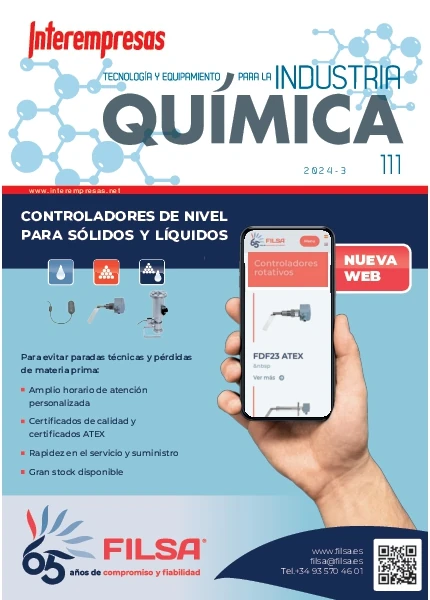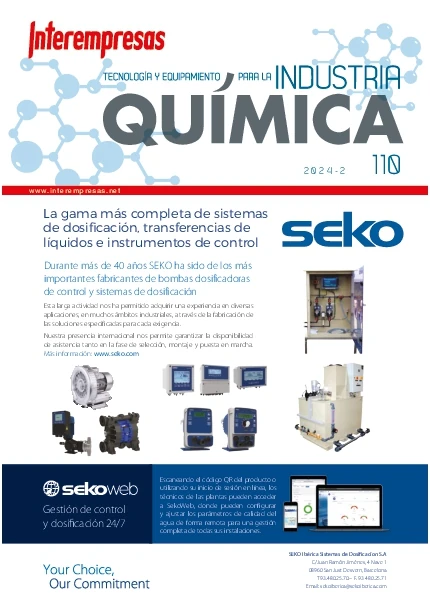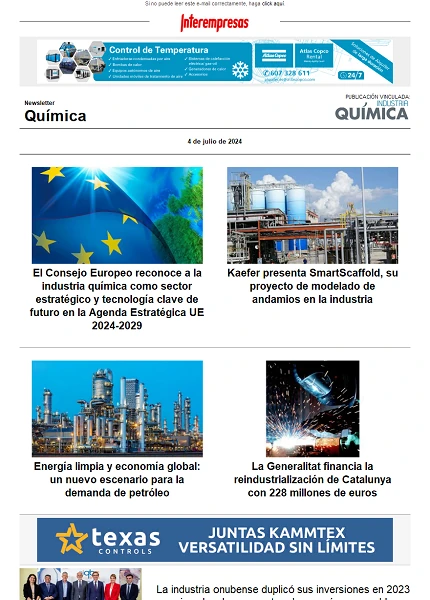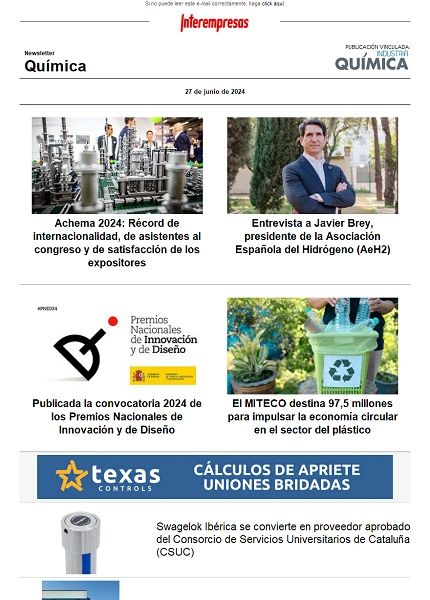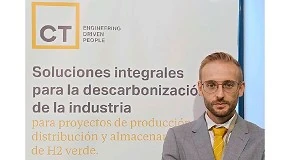Ecomateriales: an environmentally benign production
June 27, 2011
Other authors: M. yates (2), M. Ramos (3), j. l. Salgado (4), r. M. Martín Aranda (5), f. Plou (2), j. López Sanz (5), r. Lozano Pirrongelli (1,2), e. Sáez red (1,2), D. Orchard Arribas (1,2), e. Alonso (1,2,3), l. González Gil (1.5), a. M. Martínez Serrano (1.3) and e. Ruiz-Hitzky (1).
- 1. Department of new architectures, Institute of materials science, Madrid, CSIC
- 2. Department of engineering of processes, Department of applied Biocatalysis, Institute of catalysis, CSIC,
- 3 Laboratory of human cell biology, Department of Molecular Biology and Molecular Biology Centre Severo Ochoa, UAM-CSIC. Campus Cantoblanco, Madrid
- 4. Technical Committee of the Aizce, interprofessional Association of juices and concentrates of citrus
- 5 Department inorganic chemistry and technical chemistry, National University of distance education
According to the summary made by 1,360 experts in 95 countries to 'Millennium Ecosystem Assessment', during the past 50 years humans have changed ecosystems more rapidly and extensively that in any comparable period in the history of mankind. Since the industrial revolution has been a development without precedent, mainly in industrialized countries, but this has also given rise to pollution with limits difficult to imagine, but in greater or lesser extent has always existed an awareness of the need to reduce the environmental impact and energy expenditure in industrial processes, with a strong base in oil derivatives, for example through the design of catalytic processes (1,2).
An interesting case is the Fischer-Tropsch process for the production of hydrocarbons and alcohols for use in fuels (Figure 1), which from syngas (CO and hydrogen) was patented in 1925 and acquired special importance after the oil crises in 1973 and 1980 (3).

Moreover, the current state of progressive shortage of oil drives the search for renewable sources of energy and materials, obtaining the synthesis gas derived from residual biomass by pyrolysis, which makes these fuels thus obtained in renewables and CO2 zero (4).
At the end of the 20th century coined the term 'Green chemistry' (or sustainable), based on the relentless need to replace chemical processes traditional using non-renewable raw materials (oil derivatives) and/or toxic, clean processes with renewable raw materials and activation methods that optimize energy expenditure, thus reaching a drastic reduction of environmental pollution and the negative impact on healthas is well known for solutions to problems of environmental pollution are crucial for achieving sustainable development (5).
As regards the energy expenditure and its influence on sustainability, no doubt the use of renewable energy, especially solar, is an important point in the race for sustainability, mainly in countries such as Spain, thanks to the kindness of our Mediterranean climate (6). Recently, our group has worked on the reduction of economic and energy expenditure of reactions of synthesis of pharmaceutical interest (Figure 2) substances, comparing alternative energies (dielectric, Sonic and Photonics) with conventional heating (7).

As regards materials, an interesting philosophy related to this topic is the so-called 'from the cradle to cradle', on the whole industrial process need to exit to the waste it produces, using them as a source of raw materials of low price (8). In this connection, the Spanish food industry has large number of crops, which logically lead to an enormous amount of waste, with the consequent environmental problem and the added cost of their treatment. However these residues, low or no value, can be considered as renewable source of raw materials, so at this time globally is supporting its use with a triple watershed: the reduce pollution produced, turning them into substances added value and of course, when possible, renewable starting materials (9).
Although the reuse of waste has been a constant in the history of humanity, today the accumulated knowledge, allows adaptation of processes and themes to the current problem. Thus, recognized these processes of recovery as a solution of great environmental interest, because it has advantages both in the short, as in the medium and long term. In the short term, they reduce and recycle and fits the existing technology for the area in question, getting a reduction of emissions and risk.
Develop new and efficient production processes in the medium term, given added value to by-products and acquired greater environmental responsibility and competitive advantages. Long-term objectives and more clean and innovative products and environmentally benign production are obtained. Ideally industries reach to reuse their waste as raw material for their own processes or others, decreasing energy, economic and environmental costs and the use of agro-industrial waste to give them added value a topic of utmost importance at the present time (10).
Other processes discussed so far has been the use of dielectric heating to decomposition of chlorinated toxic substances (for example, the insecticide lindane or gamma hexachlorocyclohexane, Figure 3), major source of pollution, persistent, avoiding a sensitive selection of treatment conditions, the formation of (much more toxic than the original pollutant) dioxins produced when burning solids containing these toxic using high temperatures needed to break through conventional heating)(11).
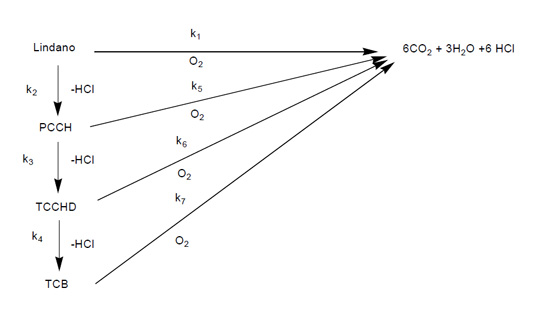
Also has been getting catechol and hydroquinone from phenol (Figure 4), in aqueous phase and H2O2, oxidizing "green" par excellence, avoiding the oxidizing substances highly-toxic that they are used in conventional synthesis, in a process with a very low environmental impact compared to the one used conventionally to prepare these substances (12). Both the catechol and hydroquinone have if same interesting properties antioxidants or pesticides, as well as being precursors of sensors, polymer products and a wide range of pharmacological interest, antibacterial, antifungal activity and anticancer substances.
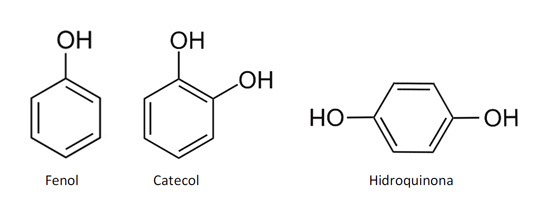
The valorisation of by-products of the industry of citrus fruit, of which Spain is the third largest producer in the world (13) has been studied in the use of renewable liquid starting materials. For example (Figure 5), was obtained p-cymene and hydrogen renewable and sustainable from limonene (14), a by-product of low-cost and toxicity, avoiding its conventional synthesis from toxic and non-renewable petroleum derivatives (benzene or toluene), which uses Palladium or Platinum catalysts and high pressure of hydrogen. In the amended iron (of lower toxicity than Palladium or Platinum) catalysts have been developed and have been drastically reduced reaction times, getting excellent selectivities and conversions and making this transformation in a process much more clean and economical.
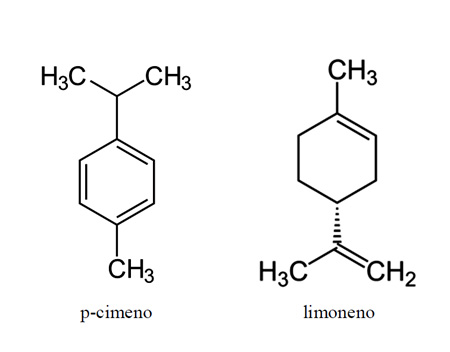
Deepening further, have been designed renewable origin catalysts prepared from rice industry wastes, for use in obtaining intermediate in processes of fine chemistry, carvona and carveol (Figure 6), value added and important substances such as for example pharmaceutical substances (Figure 7).
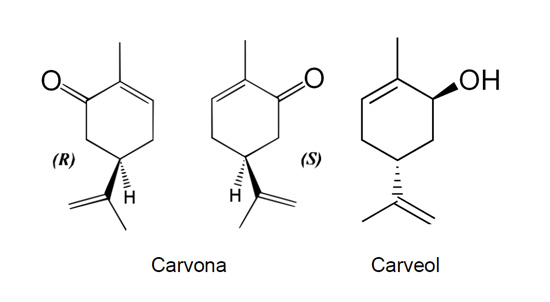
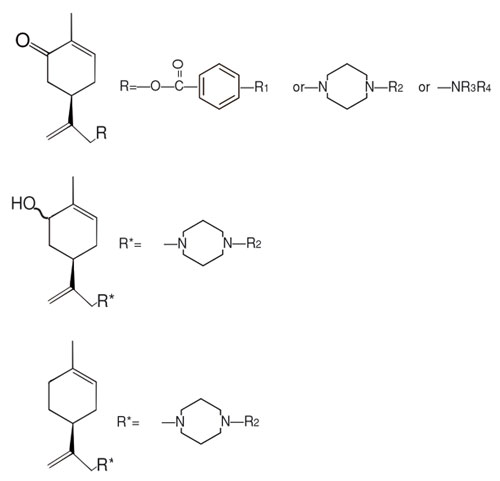
Figure 7. Derived from carvona and limonene (15) anticancer drugs.
Agricultural residues have thus become solids that may be considered ecomateriales, that is, valuable materials prepared from domestic substances (16). Biomaterial for cell growth using wastes from industries of alcoholic drinks (17) currently being developed.
María Ángeles Martín-Luengo is scientific head of the Department of new architectures in chemistry of materials from the Institute of materials science of Madrid Consejo Superior of Investigaciones Científicas (CSIC).Currently, the Bachelor's degree in chemistry from the Universidad Autónoma de Madrid and PhD by the Universidad Complutense de Madrid, working in lines of research related to sustainable chemistry, the ecomateriales, the enhancement of agro-food waste, the biorefinery, advanced applications, as well as adsorption, reactivity, characterization of solids and texture.
Bibliography
- 1. M. a. Luengo Martin, j. M. D. Tascón, j. l. García Fierro, J.A. Pajares and l. González Tejuca. Journal of Catalysis 71 (1981) 201-205.
- 2 M. a. Luengo Martin, J.A. Pajares and L.G. Tejuca. Tube. Kinet. Catal. Let. 31 (1986) 1-8.
- 3 P.A. Sermon, M. a. Martín - Luengo, y. Wang. Studies in Surface Science and Catalysis, 75 (1993) 2773-2776.
- 4 P. Luckow, M. a. Wise, j. j. Dooley, S.H. Kim, International Journal of Greenhouse Gas Control 4 (2010) 865-877.
- 5 P.T. Anastas, J.B. Zimmerman, Sustainability Sci. and Engineering, 1 (2006) 11-32.
- 6. A. Vidal and M. a. Martín-Luengo, Appl. Catal. B: Env. 32 (2001) 1-9.
- 7. ' Basic Catalysis on mineral supports: A contribution to the Green Chemistry '. E. Perozo Rondón 2008, Dir. doctoral thesis B. casal, r. d. Martin Aranda and M. a. Luengo Martin. J. López-Sanz, e. Perozo-Rondon, e. Pérez-Mayoral, r. M. Martín-Aranda, B. Casal and M. a. Martín-Luengo ABC-6 World Congress on Catalysis. Genova, may 2009.
- 8. M. Braungart and William McDonough (2005) ' Cradle to cradle', McGraw-Hill.
- 9 International Biomass l'expertise Congress, 20-22 April 2010, Amsterdam.
- 10 G. Laufenberg, B. Kunz and M. Nystroem, Transformation of vegetable waste into value added products. Bioresource Technology 87 (2003) 167-198.
- 11 R. Salvador B. Casal, d. Yates, M. a. Martín - Luengo, e. Ruiz-Hitzky Microwave decomposition of to chlorinated. Applied Clay Science, 22 (2002) 103-113.
- 12 S. Letaief, B. Casal, p. Aranda, M. a. Martín - Luengo, e. Ruiz-Hitzky. Applied Clay Science, 22 (2003) 263-277. Y. Yamamoto, H. Kurihara, k. Miyashita, M. Hosokawa New Biotechnology, In Press, Corrected Proof, Available online 1 July 2010.
- 13 J. L.. Salgado Technical Committee of the AIZCE, interprofessional Association of juices and concentrates of citrus Spain.
- 14. M. a. Martín Luengo, M. Yates, M. j. Martínez Domingo, B. Casal, M. Iglesias, Stephen M., e. Ruiz-Hitzky, Appl. Catal. B: Env. 81 (2008) 218-225. M. a. Martin - Luengo, d. Yates, e. Sáez red, D. Orchard Arribas, D. Aguilar, e. Ruiz Hitzky Appl. Catal. A: gene., In Press, Corrected Proof, Available online 17 August 2010.
- 15 Jiaojiao Chen, Min Lu, Yongkui Jing, Jinhua Dong Bioorganic & Medicinal Chemistry, 14 (2006) 6539-6547.
- 16 K. Halada. Progress of ecomaterials toward a sustainable society. Current Opinion in Solid State and Materials Science, 7 (2003) 209-216.
- 17 International patent. D. yates, M. a. Martín - Luengo, M. B. Casal Piga. Preparation and uses of biocompatible from waste materials: 200803331 8.11.2008 holding institution: CSIC.


